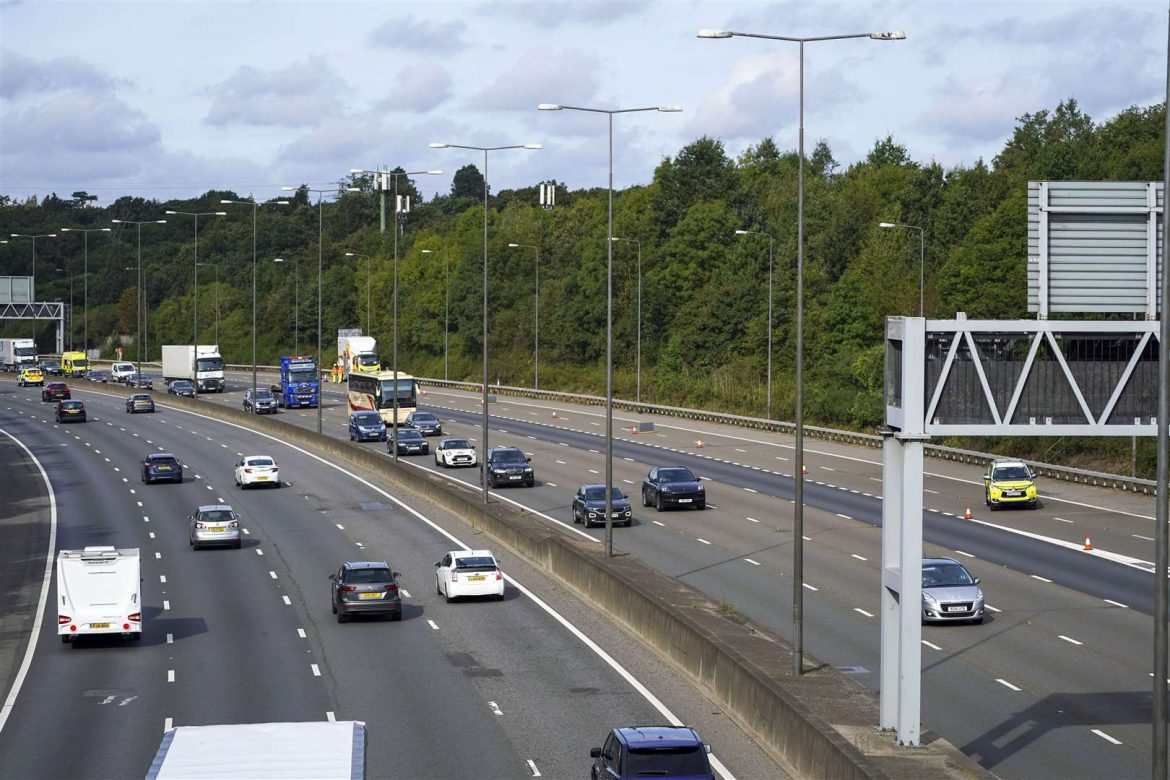A new study published in the journal Biological Conservation has shown that human infrastructure including roads, power lines and urban areas, is present in at least 80% of the world’s most important sites for biodiversity, while many sites face further extractive industries such as mines and fossil fuel infrastructure being built in future.
Researchers from BirdLife International, WWF, the RSPB and the University of Cambridge looked at a global network of areas internationally recognised for being critical for wildlife – known as Key Biodiversity Areas (KBAs) and found that among 15,150 KBAs, three-quarters contained roads and more than a third contained power lines and urban areas.
Also, they discovered that potential developments could lead to an additional 2,201 KBAs containing mines (a 292% increase), an extra 1,508 KBAs containing oil and gas infrastructure (a 72% increase) and a further 1,372 KBAs containing power plants (a 589% increase)
The International Union for Conservation of Nature has linked habitat destruction and fragmentation, pollution, increased hunting and the spread of invasive species caused by human infrastructure as the main threats to biodiversity.
Read also: California battles strong winds, floods, rain
When the researchers overlaid maps with data on different types of infrastructure categorised as transport, dams and reservoirs, extractives, energy, and urban areas, they found that South America, sub-Saharan, central and southern Africa and parts of south-east Asia are regions with the highest proportion of planned extractive development in KBAs.
All of the KBAs identified in Bangladesh, Kuwait, the Republic of the Congo and Serbia face the potential of extractive industries being developed.
The researchers also said the renewable energy drive, which requires mining for precious metals used in solar panels, wind farms and batteries, must take care to minimise its impact on biodiversity.
“At the UN biodiversity Cop15 meetings in Montreal last year, governments committed to halting human-induced extinctions.
“Widespread destruction or degradation of the natural habitats within KBAs could lead to wholesale extinctions, so existing infrastructure in KBAs must be managed to minimise impacts and further development in these sites has to be avoided as far as possible,” said Dr Stuart Butchart, the study’s co-author and chief scientist at BirdLife and University of Cambridge research fellow.
Story was adapted from the Independent.
